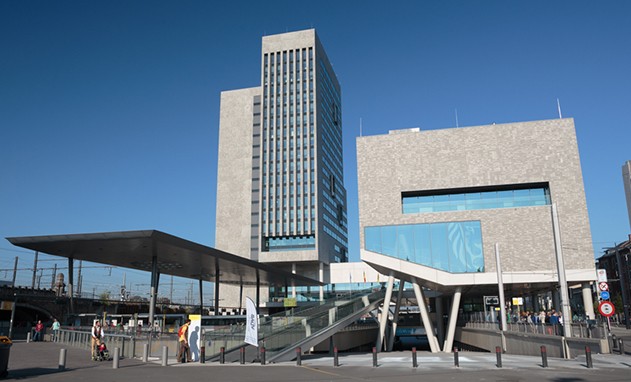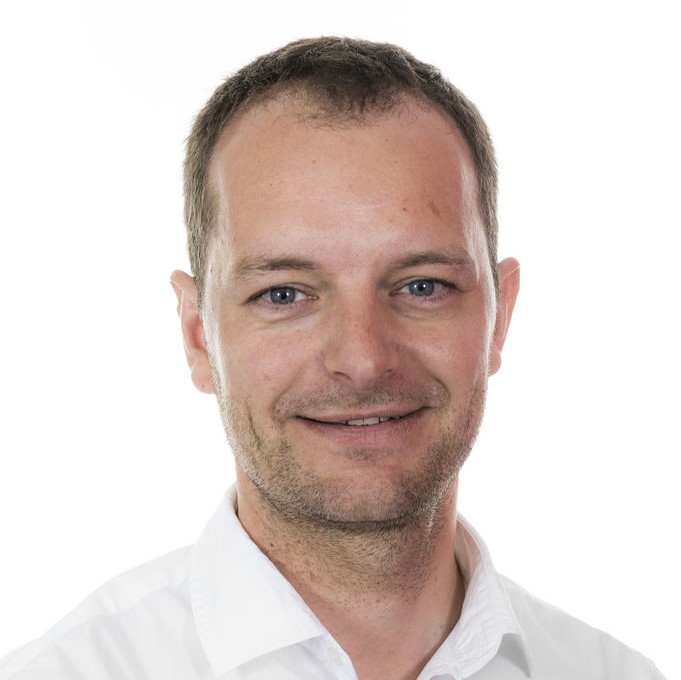Mini-symposium on RNA-sequencing
January 14, 2015
10:00 - 12:00
Virginie Lovelingbuilding (VAC Gent), Koningin Maria Hendrikaplein 70 - 9000 Gent
See the program RegisterJanuary 14, 2015
10:00 - 12:00
Virginie Lovelingbuilding (VAC Gent), Koningin Maria Hendrikaplein 70 - 9000 Gent
See the program RegisterWe have demonstrated the utility of using capture probes to enable generation of high quality RNA-Seq libraries from highly degraded formalin-fixed, paraffin-embedded (FFPE) samples. This capture approach provides a quantitative view of the human transcriptome by enriching for next-generation sequencing (NGS) RNA-Seq library fragments derived from exonic sequences over those derived from intergenic or ribosomal RNA, able to capture coding RNA that constitutes much less than 1% of the total transcriptome. Using this same concept of sequence enrichment, we are also designing an assay to capture NGS library fragments derived from viral sequences of interest from the background of human host sequences.
Genome-wide studies have shown that our genome is pervasively transcribed, producing a complex pool of coding and non-coding transcripts that shape the cancer transcriptome. Long non-coding RNAs or lncRNAs dominate the non-coding transcriptome and are emerging as key regulatory factors in human disease and development. Through re-analysis of RNA-sequencing data from 8000 cancer patients across 24 cancer types (The Cancer Genome Atlas), we define a PAN-cancer lncRNA landscape, revealing insights in cancer-specific lncRNAs with therapeutic and diagnostic potential.
RNA sequencing is becoming increasingly popular to perform transcriptome wide gene expression analyses. The recently published SEQC study assessed the performance and key characteristics of RNA-seq by sequencing the MAQC samples to very deep coverage. We have extended this study by detailed comparison of the results generated by different data processing pipelines against those obtained by transcriptome wide qPCR measurements. The relative performance and differences between 4 pipelines (Sailfish, tophat-HTseq, star-HTseq and tophat-cufflinks) as well as their concordance to qPCR data will be presented.
Access to auditorium preferentially via pedestrian ramp starting from the square in front of the train station (see picture).

The Virginie Lovelingbuilding is located next to the train station ‘Gent-Sint-Pieters’. Leave the station through the main entrace, the building can be found on your left above the bus and tram stops.
You can park your car in the 'Gent-Sint-Pieters' car park (Sint Denijslaan 244). The Virginie Lovelingbuilding is located next to the car park.
